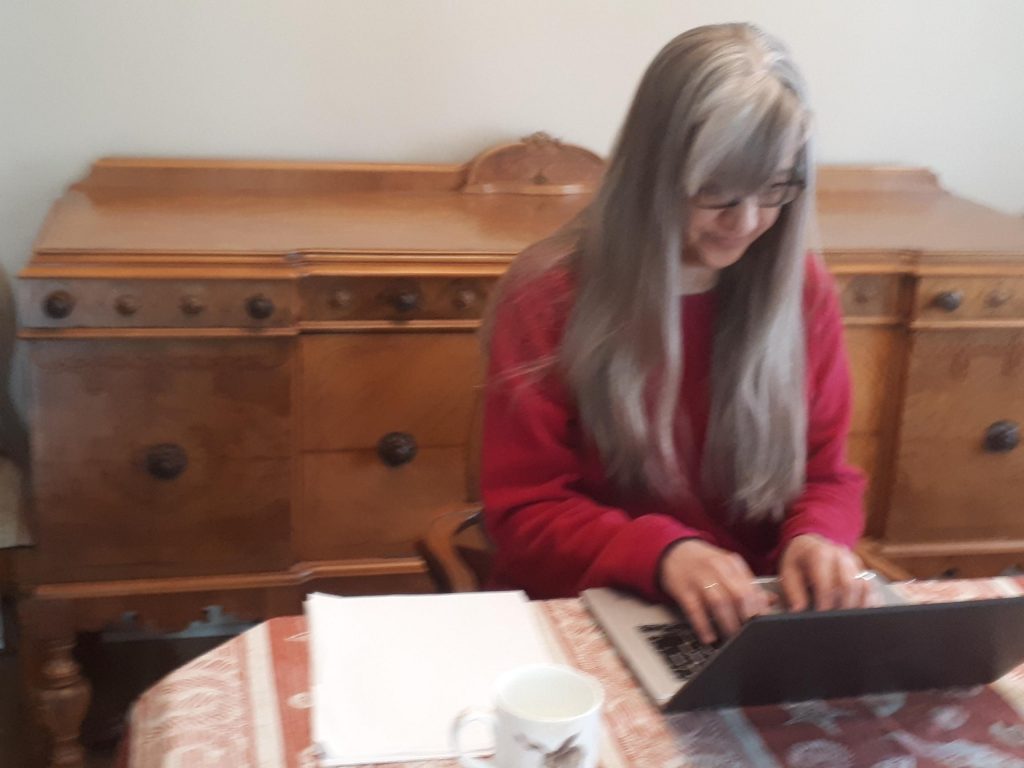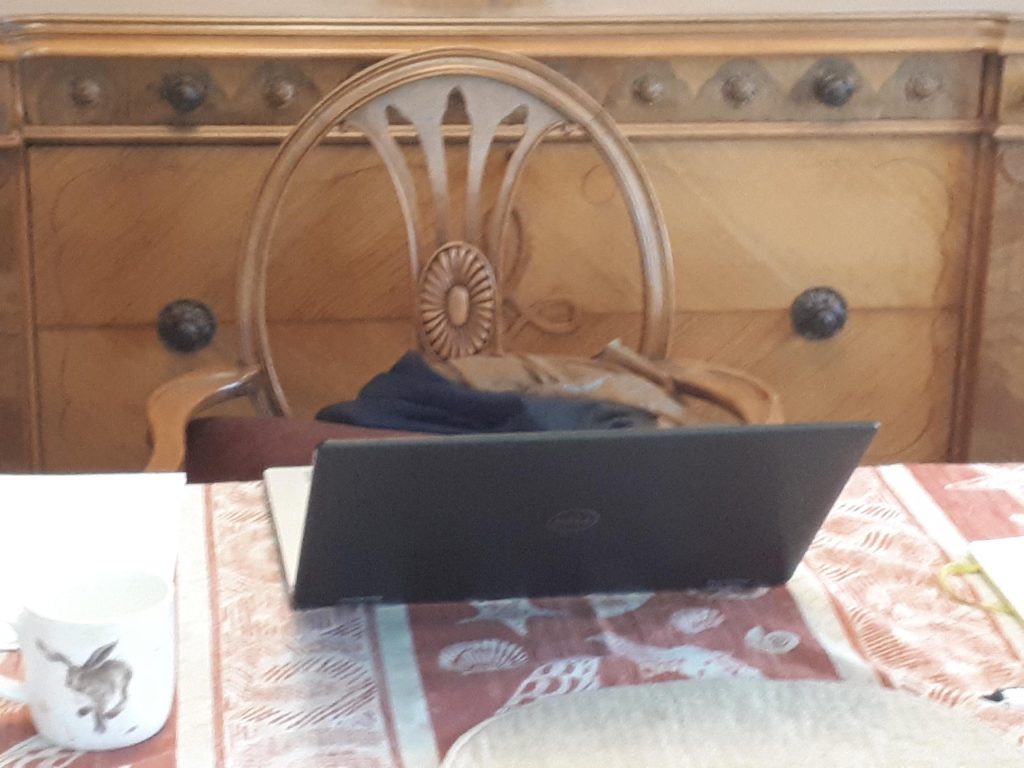
My First Time Teaching Online: My Learning Curve
By Laura Stoutenburg
15 years ago, having never taught online before, I got the brilliant idea that I could move one of my TESL courses online. How hard could it be? It was a good thing I got so much help from the folks in the Curriculum and Educational Technology office, because I truly learned as I went along. Even with help, I made some poor choices at the beginning which had to be adjusted the next time, but there were other elements I actually got right! And I learned.

Manageable Chunks
Thanks to counsel from the online learning experts at Conestoga, I didn’t try to replicate a three-hour lesson in one long recording. Instead, I chunked the week’s learning into short videos and readings accompanied by asynchronous tasks. I used a weekly module template similar to the one currently recommended in the eConestoga Remote Delivery Toolkit. That way, students could see in one page the outcomes, the readings, video links, and learning tasks for the week.

Online Can’t be Exactly Like Face to Face
I had to learn this one the hard way. Every learning task I had been using in class found its way online the first time, and I quickly discovered that what can be done easily in real time with a group of learners becomes tedious and time-consuming for a student alone with their screen. The next time the course ran, I cut out several of the tasks and re-conceptualized others to take advantage of discussion forums, shared documents, links to internet resources, and online apps such as Padlet. In an online environment, less can definitely be more!
Students Need Feedback
The other thing I discovered by trial and error is that small self-grading quizzes were one of many ways to take advantage of technology to provide immediate feedback. Some of the higher-stake assessments were easily translated into online assignments; others needed to be reconceptualized. One tool I discovered along the way was the application-oriented open-book test – it can reduce cheating and enhance learning at the same time.

Students Need Community
Online chats became precious to students in the online version of the course, as it helped them build a sense of community. I learned that I needed to be “present” through announcements, efficient turn-around with feedback, and a supportive presence during asynchronous discussions if I wanted students to maintain their enthusiasm for learning.
It Takes a Village
Looking back, I’m thankful for the guidance I received from what is now the OLC. I’m also glad for the willingness of my students to work with me as I learned and made the course better. It was a joy to finally meet some of my online students face-to-face and realize that we already had a bond which was in many ways just as strong. The best pay-off, of course, was that they learned.
15 years later, I have the joy of working with colleagues in Teaching and Learning to help support faculty in adapting to the changing educational environment!







I’ve found learning to teach is a process and the medium you use will present its own unique challenges. I have taken a number of courses and I am experimenting with suggested tools and techniques by introducing them slowly into my classes.
Face to face is great and I love the instant feedback from the students but I sometimes find it challenging to keep control of the class when one student decides they need extra attention. Attendance seems to be more of a challenge as well.
Remote learning is great with no commute for any of us. The problem for me is trying to find ways to eliminate the black boxes that all remote teachers complain about. I am looking for ways to keep the learners engaged in the lesson and I am starting to implement some of what I have learned like keeping lectures to 20 minutes, interactives, and gamification.
This semester I received my course material a little sooner than last so I am using that time to develop an implementation strategy for some of the skills I’ve learned both through what I’ve been taught and what I’ve observed.